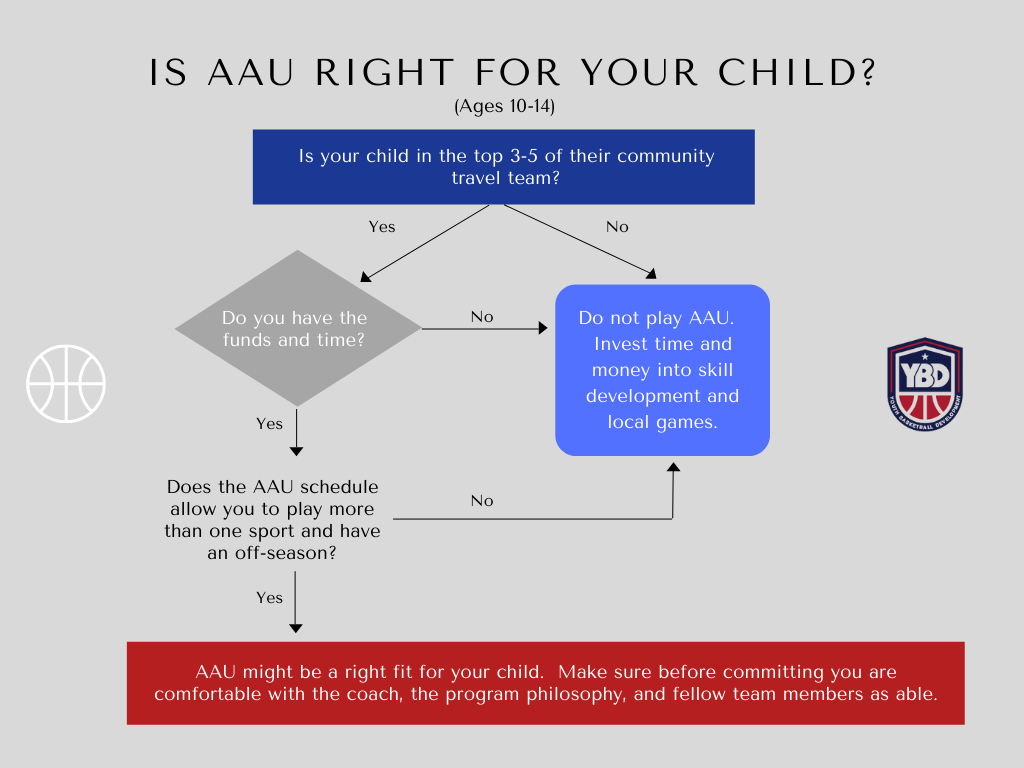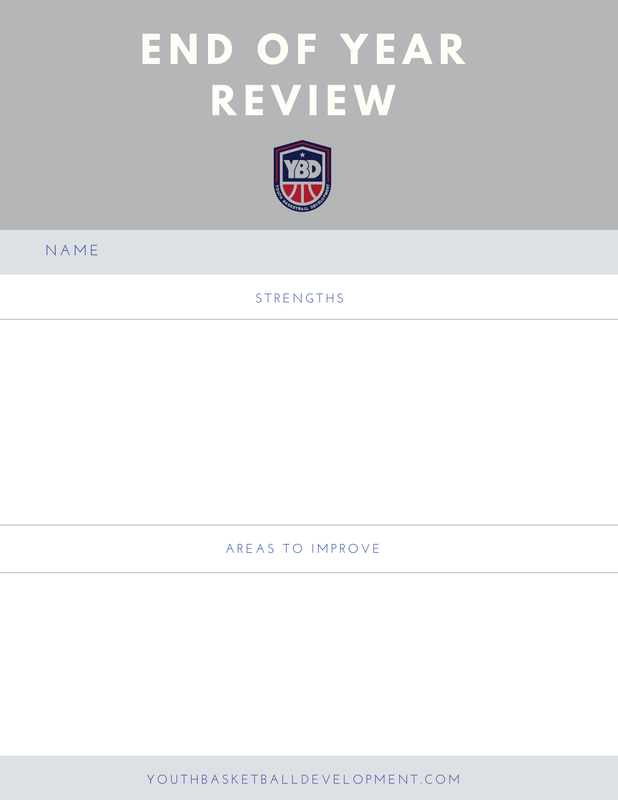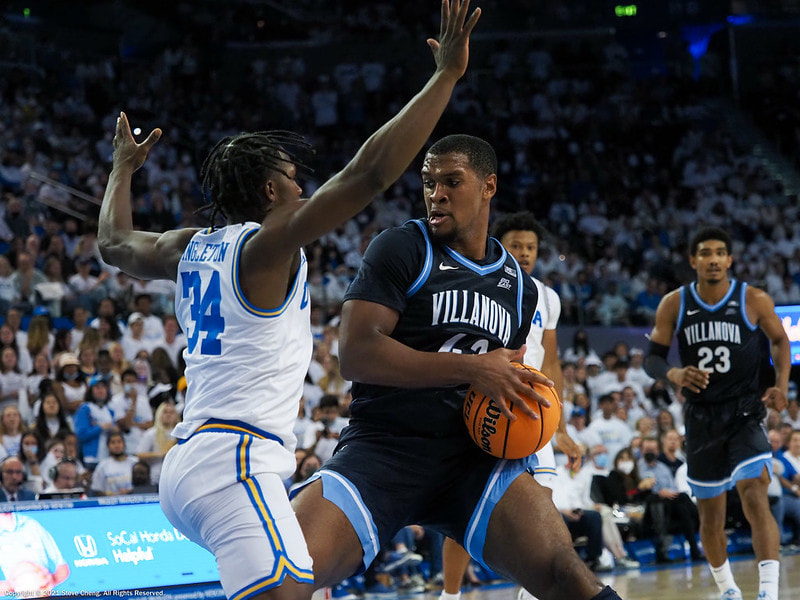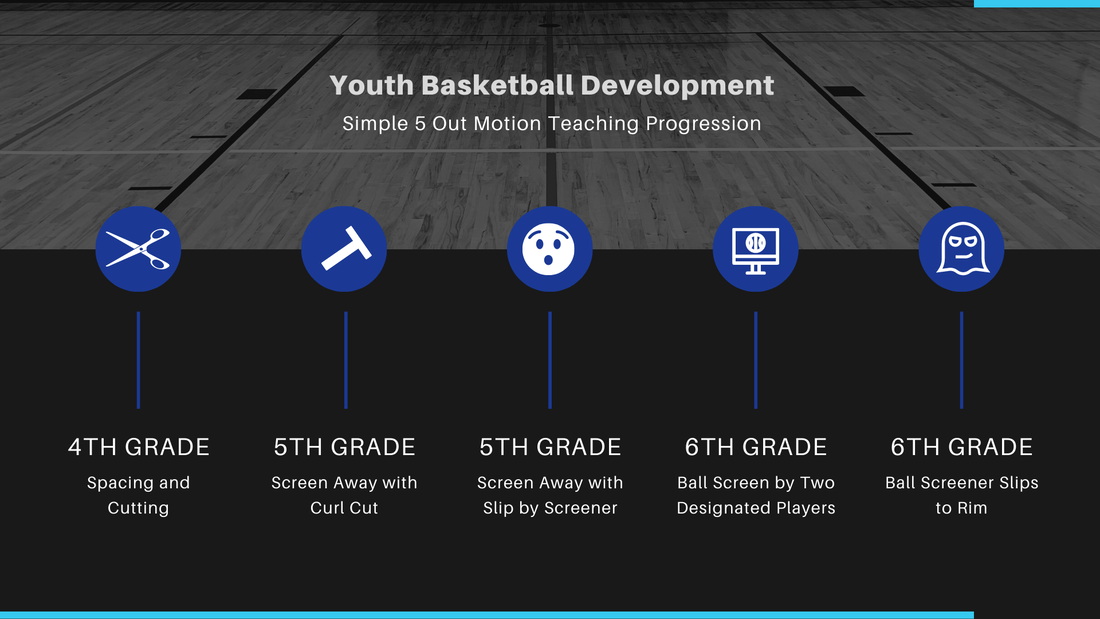LEARN
|
The cost of traveling basketball in Hudson, WI starting in 4th grade is $495. This fee includes a basketball, uniform, practice times, and 7 youth tournaments. The head coach is a volunteer parent.
If your kid goes to Hopkins, MN the cost is $450, Arrowhead, WI $525, and Duluth East, MN between $350-500. Soccer and hockey parents are sadly rolling their eyes at these low fees. The cost to play youth sports has increased dramatically. Yes, most programs offer scholarship applications for waiving the fee, but these have a low utilization rate. If a parent has a son or daughter on the fence to play, or for whom basketball is their second or third favorite sport at the time, many are deciding to not play. Lower income families are being excluded entirely. What are the two main costs for a youth program that is run and coached by volunteers? Tournament fees and for some unlucky youth programs, gym fees for practice time. In the Twin Cities metro area the average tournament fee is between $350 to $450. Many tournaments have waived gate fees following COVID and transferred this cost to a higher entry fee. Those running or managing these tournaments are typically doing quite well financially, commonly making over $20,000 on a weekend. The second main fee for youth programs is gym fees. For a large school district with 20 plus youth traveling teams between the girls and boys programs the gym fees for a calendar year can easily be around $20,000. There are many school districts who do not "double tax" their residents with gym fees and the youth program fee is significantly lower in these areas as a result. What can be done? To reduce tournament fees youth programs can take out the middle man and form agreements with similar sized or competitive programs to have their own free jamborees. Each team plays two games, per USA Youth Basketball Guidelines, and referee and gym fees are covered by gate fees. Get 8 to 12 area youth programs on board and you easily have 3-4 free tournaments for each grade level. However, your youth team might not be ranked or qualify for a youth state tournament if you do this (sarcasm). If your school district does charge to use the gym for practice do an audit of area programs or the schools in your conference to see if it is a fair rate. Many school districts do not charge their residents to use their school facilities for practices. Present your information to the appropriate stakeholders involved if there are significant concerns or discrepancies. Lower costs lead to greater participation. We strongly encourage head varsity coaches or youth program directors to reach out to other like minded coaches and help form a youth coalition for free tournaments. Reciprocity for youth basketball organizations is win-win for families involved and the community as a whole.
1 Comment
Key principles for 2 on 1:
John Chekouras 2 on 1:
Everybody knows turnovers are huge offensive efficiency killers and live turnovers put your defense at a big time disadvantage. Turnovers for lay ups or the pick six can be really tough to overcome and are demoralizing for your team. These issues can be easy to chart and recognize but the key becomes in identifying, diagnosing, and improving the situation.
If turnovers are an issue for your team it can be helpful to have an assistant coach or trusted parent identify and chart the type of turnovers occurring and by whom. Common turnovers include traveling, passing, footwork, post entry, or driving single gap errors. If a trend is found this can then be addressed in your upcoming practice sessions. As an example, our team’s most common turnovers are: 1. Driving the ball into a single gap and turning the ball over off a deflection or steal by the other team. 2. Being soft with ball against ball pressure and making poor passes versus pressure. To address this we have a 10-15 minute practice segment working on decision making and ball toughness when driving the ball and overloading the passer versus pressure. Sample drills and rules to correct are noted below of which could change pending the specific concerns with your team. Penetration and decision making drills and rules for correction:
Passing versus pressure decision making drills and rules for correction:
At the youth level playing through mistakes and not looking over your shoulder are very important. The bench can be a great teacher to correct a player who is having significant turnover issues, however, this would be a last resort. It is important to follow your association playing time guidelines. For ages 13 and above it would probably be the time to let the bench teach for certain players. Lastly, another way to bring value to taking care of the ball is to scrimmage to 3 points but if a team turns the ball over that is instantly a loss for that team. You will hear your players coaching themselves in these situations by saying things like make sure passes, value the ball, and make the simple play. We hope this article has given you one or two things to help your team take care of the ball better this year and be a more efficient team. -YBD Staff 4th Grade Spacing and Cutting
When choosing to teach 5 Out Motion we typically initiate this around the 9 to 10 year old range or 4th grade. Below is a numbered pathway to introduce the offense influenced by Harry Perretta, retired women’s coach from Villanova University.
5th Grade Screen Away with Curl Cut
5th Grade Screen Away with Slip
6th Grade Pass and Ball Screen
6th Grade Slip the Ball Screen
There are a lot of ways to teach 5 Out Motion and various options can be emphasized based on your personnel. We have found that this numbered teaching progression and working on one aspect at a time has simplified the teaching process for youth coaches and players. Email us at [email protected] with any questions and as always feel free to share our content. A welcome packet. is a great way for your youth association to make a good first impression and let your volunteer youth coaches know that they will be supported.
If you are interested in having this welcome packet, designed for coaching ages 5-8, customized with your school logo and contact information just email [email protected] with the title Free Welcome Packet. -YBD Staff These are some great edits to show your youth players various finishing techniques at the rim. The edits include two foot finishes (power lay-up, air'em, and donut all off the stride stop footwork) and one foot finishes (speed lay-up, inside hand finish, and reverse lay-up).
We tell our players to play off two feet in the paint when there is going to be contact and to go off one if there is daylight. The vast majority of the time in the half court situation we are emphasizing playing off two feet as we believe it gives players a stronger base to absorb contact and it slows them down to make better decisions. One way we teach to play off two feet is with the stride stop footwork. Have a great 4th of July week! -YBD Staff |
Archives
April 2024
Categories
All
|






 RSS Feed
RSS Feed